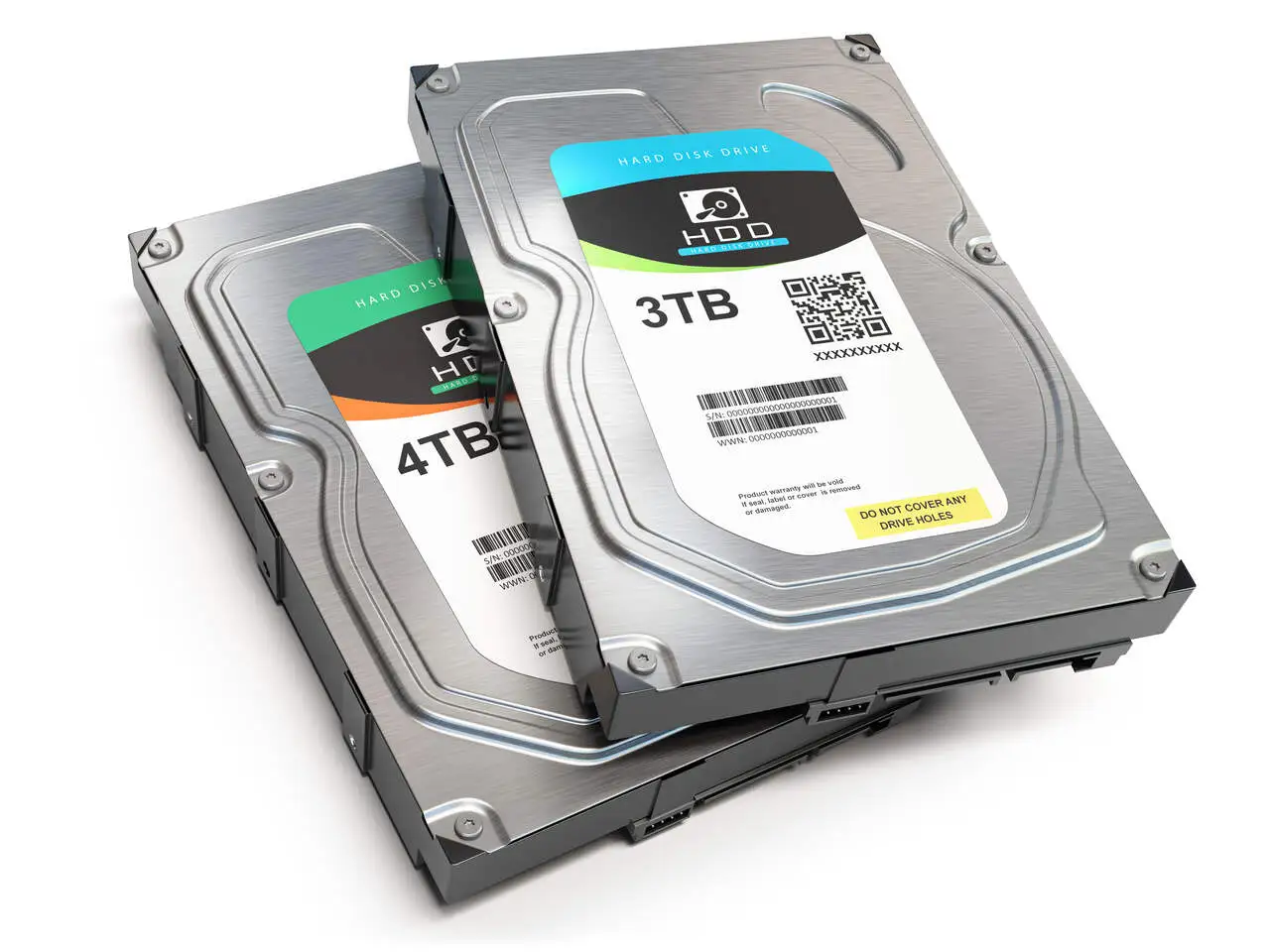Recovery of files affected by Cactus Ransomware
It is possible for us to retrieve data that has been encrypted by a wide range of ransomware file extensions on any type of storage device
- VMware ESXi
- Microsoft Hyper-V
- Microsoft SQL Server
- Firebird
- Oracle
- VMware ESXi
- Microsoft Hyper-V
- Microsoft SQL Server
- Firebird
- Oracle

WORLDWIDE SERVICES
CASES OF LOCKBIT ATTACK
CASES OF BLACK CAT ATTACK
CASES OF HIVE LEAKS ATTACK
CASES OF MALLOX ATTACK
AMOUNT SAVED FOR NOT DEALING WITH HACKERS
Decrypt Cactus ransomware files
Our bespoke solutions have made it possible to recover Cactus encrypted files.
In the face of something so disastrous, there is little that can be done, especially if backups have been affected or are not up to date. The number of companies that shut down after having their data encrypted has reached staggering numbers.
In many cases, even after payment of the ransom, the decryption key is not sent by the Cactus criminals, and in these cases there is no higher authority to turn to.
Digital Recovery comes to the market with solutions capable of decrypting files affected by ransomware. We have solid numbers in our recovery projects.
Why Digital Recovery?
With more than 23 years of experience, we have accumulated satisfied customers around the world. We can run most of our solutions remotely, and we have multilingual support.
As Cactus ransomware attacks proliferate across the globe, we have honed our proficiency in ransomware decryption. Our exclusive solution is compatible with an extensive range of storage devices, virtual machines, RAID systems, storages (NAS, DAS, SAN), databases, servers, and much more.
Our specialists are highly qualified and have the latest technologies in the data recovery market, the main one is called TRACER, a proprietary technology with which we have obtained expressive results in the decryption of Cactus ransomware files.
We offer an advanced diagnosis that will allow us to understand the dimension of the attack, this first diagnosis can be done in the first 24 working hours from the time we receive the samples. After this process, we provide a commercial agreement and, once accepted, we kick off the process of decrypting the files.
All our solutions are supported by the General Data Protection Regulation (GDPR), through which we offer total security to our customers. We also provide a confidentiality agreement (NDA) written by our legal department. But if you feel more comfortable in providing an NDA written by your own company, we are open to analyse and accept it, if necessary.
We are
always online
Please fill out the form, or select your preferred contact method. We will contact you to start recovering your files.
Success stories
What our clients say about us
"We had a serious problem after a power failure of a NAS server in Raid 5. I immediately contacted DIGITAL RECOVERY. After a few days of hard work the problem was solved."

"One of our raid servers had stopped. After several attempts without solving the problem we found DIGITAL RECOVERY and 5 hours later, at 4am, the data was recovered."

"We appointed DIGITAL RECOVERY in a special case (of data loss) in a raid 5 storage. Digital Recovery was able to recover 32 million files so our customer was extremely satisfied.”

"Without a doubt the best data recovery company in Latin America. The contact Digital Recovery will always be saved on my phone, because inevitably I will need again."

"The quality of the service is excellent. The attention given to customer service is gratifying and the feedback we receive reassures us that we can trust the work and dedication."

Customer since 2017
"Great company, they saved me from a big problem! I recommend, fast service, my thanks to the Digital Recovery team for the attention and quick solution to the problem! Show!"

"Second time that I count with the agility and professionalism of the Digital Recovery team, they are very experienced and agile. I recommend to all"

"They helped me recover some data that I had thought was lost. I had a great experience with the team for their calmness, agility and transparency."










Answers from our experts
The recovery of Cactus ransomware files is only possible because we have developed a proprietary technology that allows us to locate the encrypted files and reconstruct them, in many cases. This process requires knowledge about the storage device that was affected, without which the files can be corrupted and recovery would not be possible. Our experts have extensive knowledge about each of the major storage devices, such as: RAID systems, Storages (NAS, DAS, SAN), Databases, Servers, Virtual Machines, and more.
How to choose a company to decrypt my data?
Few companies in the world are able to decrypt Cactus ransomware files, so information about this possibility is scarce, to the point that many think that such a recovery is impossible. Also, there is a lot of incorrect information stating that decryption is not possible.
And among all these discussions there are serious companies that have developed such solutions, such as Digital Recovery.
Information about these processes and customers is confidential, so formal testimonials are scarce.
Given all this, it is important that you look for companies that are serious and that have several years of experience in the data recovery market and that make an expert available for the customer to communicate with from the first contact.
How much does the process to decrypt Cactus ransomware cost?
The cost to decrypt Cactus ransomware can vary depending on the severity of the attack and the complexity of the decryption process. The cost may also depend on the version of Cactus ransomware and the specific files that need to be decrypted. This can only be determined once the extent of damage caused by the ransomware has been analysed and the possibility of decryption has been evaluated.
It’s important to note that there is no guarantee that decryption will be successful, and some files may be permanently lost or corrupted. Therefore, it’s important to find a company that doesn’t ask the full amount of the project upfront. It’s best to consult with a reputable data recovery company to get an accurate estimate of the cost for your particular situation.
Is negotiating with Cactus hackers a good option?
No, negotiating with hackers is generally not a good option. When you negotiate with Cactus hackers, you are essentially agreeing to their demands and supporting their criminal activities. This can encourage them to continue their illegal activities and target other victims.
Moreover, there is no guarantee that the hacker will actually release your data or decrypt your files, even if you pay the ransom. In some cases, Cactus may take the money and still refuse to provide the decryption key or release the data.
Additionally, paying the ransom can also lead to other negative consequences. It can put your personal information and sensitive data at risk, as the hacker may have gained access to your system and stolen additional information. It can also lead to legal and ethical issues, as paying the ransom is considered to be supporting criminal activities.
Therefore, it is generally recommended to not negotiate or pay the ransom to hackers. Instead, victims should report the attack to law enforcement and seek the assistance of a reputable data recovery to retrieve their data and strengthen their security measures to prevent future attacks.
Latest insights from our experts

Data Loss, a Real and Present Risk!
Data loss is a critical problem that affects individuals, companies and organisations of all sizes, and can result in devastating consequences, from the loss of

What is a zero-day attack?
A zero-day attack is a type of cyber threat that exploits a software vulnerability unknown to the developers or manufacturers of the software in question.

Best HD brands
When talking about the best hard drive brands, it’s important to consider various aspects such as reliability, performance, storage capacity and value for money. These
What you need to know
How to prevent a Cactus ransomware attack?
Cactus Ransomware attacks are becoming increasingly common and can have devastating effects on businesses and individuals alike. Here are some steps you can take to help prevent a ransomware attack:
- Keep your software up to date: Make sure your operating system, web browser, and other software are all up to date with the latest security patches. Many ransomware attacks exploit vulnerabilities in older software versions.
- Use strong passwords: Use long, complex passwords and two-factor authentication to protect your accounts from unauthorised access. Avoid using the same password for multiple accounts.
- Be cautious of suspicious emails: Phishing emails are a common way for ransomware to infiltrate systems. Be wary of emails from unknown senders or emails that contain unexpected attachments or links.
- Back up your data: Regularly back up your important files to an external hard drive or cloud storage service. This can help you restore your data in case of a ransomware attack.
- Install antivirus software: Install reputable antivirus software on your computer and keep it up to date. Antivirus software can detect and prevent many types of malware, including ransomware.
- Limit access to sensitive information: Limit access to sensitive information only to those who need it. This can help reduce the risk of accidental exposure or intentional theft.
- Train employees: Educate your employees about ransomware and how to avoid it. Teach them to be cautious of suspicious emails and to report any potential security threats to IT.
By following these steps, you can help reduce the risk of a Cactus ransomware attack and protect your data and systems.
What is the most common means of access used by Cactus hackers to break into environments?
The most common means of access used by Cactus hackers to break into environments is through exploiting vulnerabilities in software, hardware, or human behaviour. This can include:
- Phishing attacks: Hackers use fraudulent emails, social media messages, or phone calls to trick individuals into revealing their login credentials or other sensitive information.
- Password attacks: Hackers use various techniques, such as brute force or dictionary attacks, to guess or crack passwords.
- Malware: Hackers use malicious software, such as viruses, worms, or Trojans, to infect computers or other devices and gain access to sensitive data.
- Software vulnerabilities: Hackers use known vulnerabilities in software, such as operating systems, web servers, or applications, to gain unauthorised access to a system.
- Misconfigured or unpatched systems: Hackers exploit weaknesses in system configurations or outdated software that has not been patched or updated to gain access.
- Social engineering: Hackers use social engineering techniques, such as pretexting or baiting, to manipulate individuals into divulging sensitive information or granting access to secure systems.
To reduce the risk of a successful attack, it’s important to implement security best practises, such as strong passwords, two-factor authentication, regular software updates and patches, employee security awareness training, and the use of security tools like firewalls, intrusion detection systems, and antivirus software.
Is there any behaviour of my server that I can analyse to know if I am being attacked by Cactus Ransomware?
Yes, there are several behaviours of your server that you can analyse to determine if you are being attacked by Cactus ransomware:
- High resource usage: If your server’s processing, memory, and disk usage are significantly higher than usual, it could indicate that ransomware is actively encrypting files or exfiltrating data.
- Changes in file extensions: Cactus Ransomware often renames files with a new extension, such as .encrypted or .locked. If you notice such changes, it may be a sign that your server has been attacked.
- Unusual network traffic: Cactus Ransomware needs to communicate with its command and control (C&C) server to receive instructions and report back on its progress. Analysing network traffic for unusual connections or data transfers can help you identify potential ransomware activity.
- Suspicious login attempts: Cactus Ransomware attackers often gain access to a server through phishing emails or brute force attacks on weak passwords. Monitoring your server’s login attempts and blocking suspicious activity can help prevent ransomware attacks.
- Unusual system modifications: Cactus Ransomware may make modifications to your server’s operating system or file system to carry out its attack. Keep an eye out for any changes to system files, registry entries, or other critical components.
By analysing these behaviours, you can potentially detect and prevent a Cactus ransomware attack on your server. It’s important to stay vigilant and implement security measures to protect against ransomware and other cyber threats.
What happens if I don't pay the Cactus ransom?
If your machine is affected by Cactus ransomware, your data will be inaccessible until the encryption is removed. Unfortunately, removing the encryption typically requires formatting the affected machine, which will result in the loss of all stored data.
However, some ransomware attackers also use the double extortion tactic, which involves copying and extracting all files from the affected machine and then encrypting the original data. In such cases, the attackers may post the stolen files on their website or Dark Web forums while keeping the original data encrypted on the affected machine. In such scenarios, formatting the device will not recover the original data, and the only way to retrieve the stolen files may be to pay the ransom or seek professional help.



